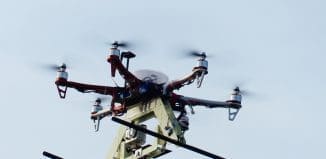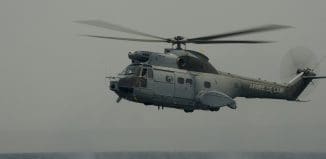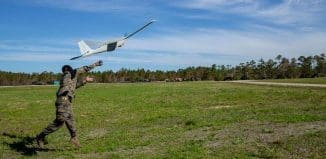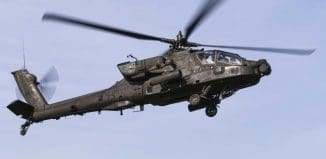Helicopter Target Sight Deal Holds Diplomatic Implications

This post is also available in:  עברית (Hebrew)
עברית (Hebrew)
The US Department of Defence has awarded a $284.6 million contract to major contractors Lockheed Martin to produce infrared target sight systems (TSS) for the US Navy and Pakistan.
The TSS incorporates a third-generation forward-looking infrared sensor that provides target sighting in day, night, or adverse weather conditions.
The system will be used for the AH-1Z Cobra attack helicopters, which have proved very effective in combats against militants, particularly in difficult terrains. According to the Indian Express, the AH-1Z Cobra attack helicopter is used by US Marine Corps expeditionary forces.
A Pentagon press release said the TSS system was described as a state-of-the-arts infrared sensor. It provides the capability to identify and laser-designate targets at maximum weapon range, significantly enhancing platform survivability and lethality. The company’s Orlando-based missile and fire control unit will produce the sight system through January 2022 for the US Navy and Pakistan under the foreign military sales portion of the award.
The contract has a base value of $150.96 million but its accumulative cost would go up to $284.6 million. The government of Pakistan will pay about 12% of the total cost through an arrangement with the US under the Foreign Military Sales programme.
In January, Lockheed Martin received a smaller contract of $14 million to provide the same target system for Pakistan.
The contracts include software development and testing, system modification, and installation requirements to integrate the TSS into the Cobra helicopters.
The TSS provides target information and tracking data for the helicopter, in addition to passive targeting for integrated weapons. Work on the first contract would be completed by December 2017.
Although the United States and Pakistan were once close allies, relations between the two countries strained in 2011, when the US eliminated al-Qaeda chief Osama bin Laden during a covert raid. The bilateral ties slipped further after the US Congress blocked financing of eight F-16 fighter jets earlier this year, US lawmakers accused Pakistan of continuing to support the Afghan Taliban.





























